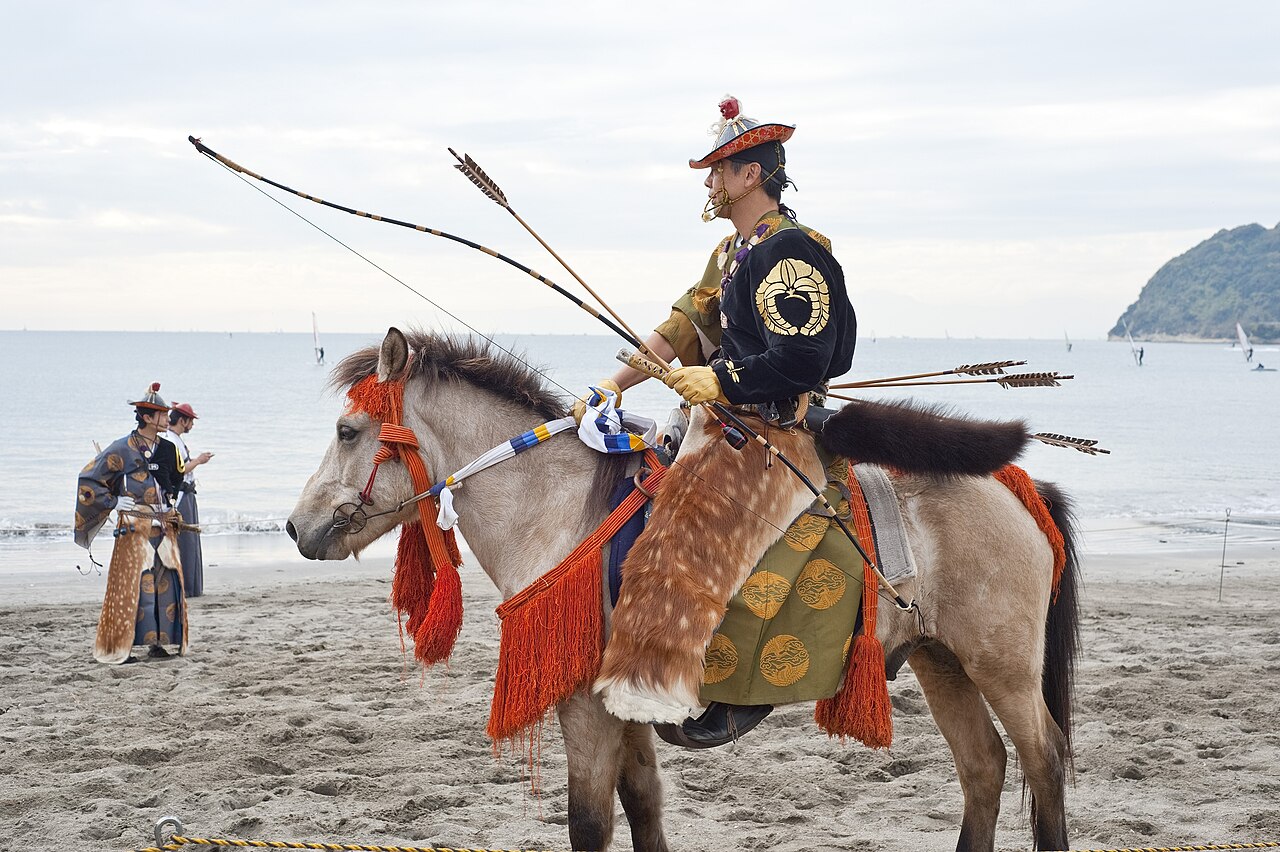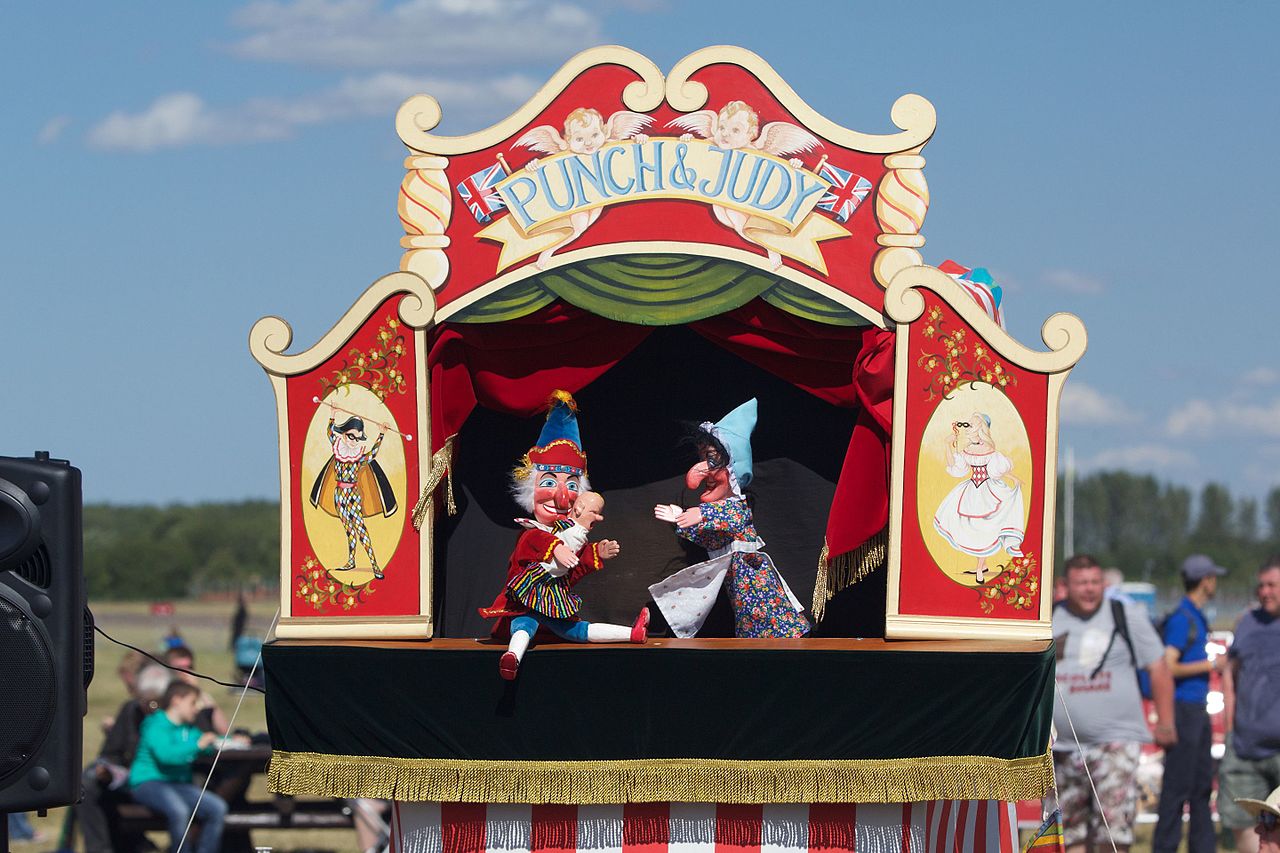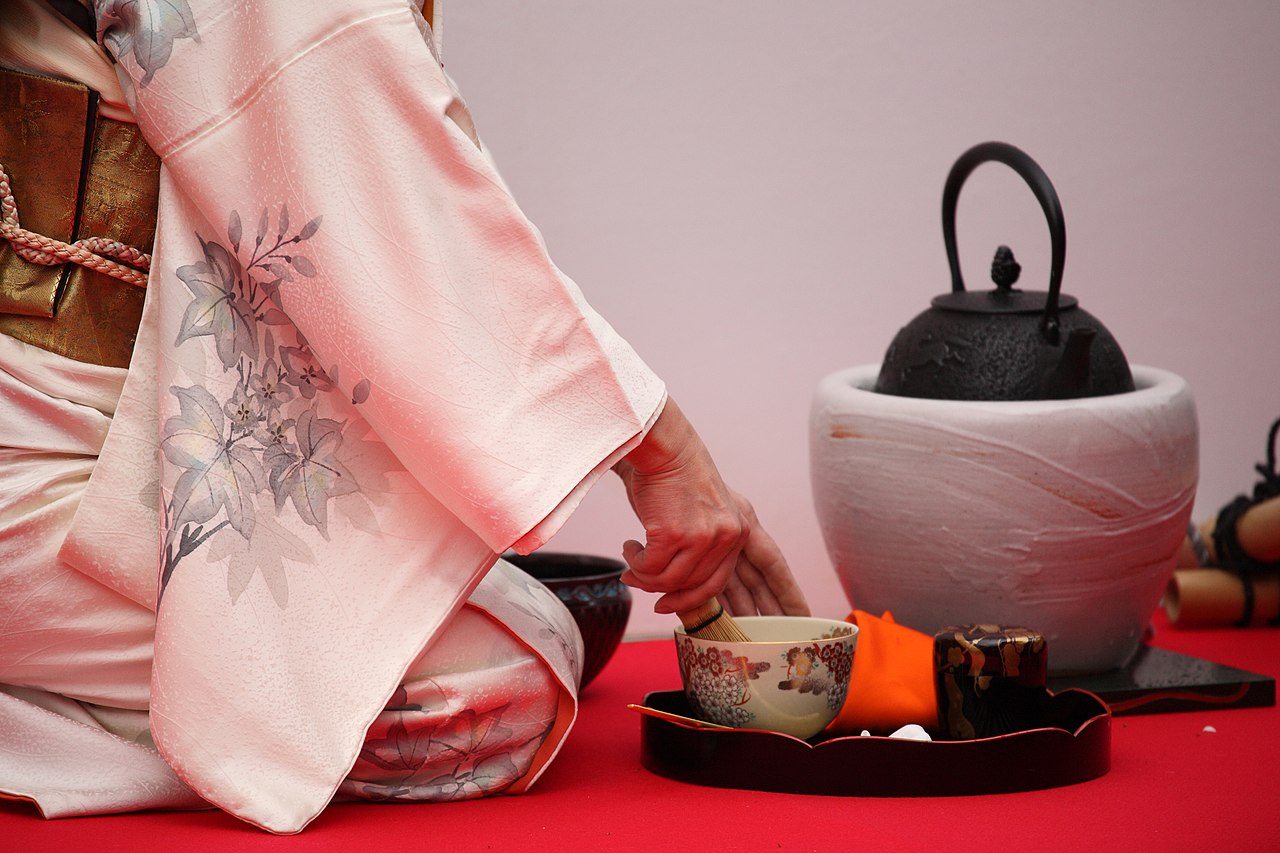Lifestyle
Baby Naming Traditions

Baby naming traditions vary worldwide, reflecting cultural values, beliefs, and heritage through unique ceremonies and rituals.
Read MoreBirthday in Canada
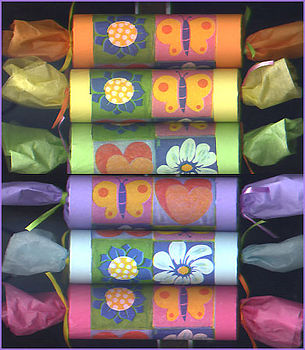
Canadian birthdays often involve family gatherings, cake, and traditional activities, reflecting a blend of diverse cultural influences.
Read MoreCalcio Storico
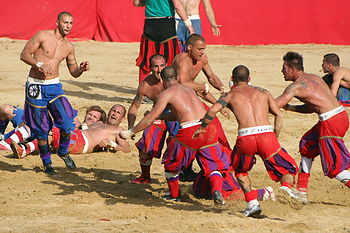
Calcio Storico is a historic Italian sport combining soccer, rugby, and wrestling, celebrated annually in Florence with elaborate parades and matches.
Read MoreCastleton Garland Day
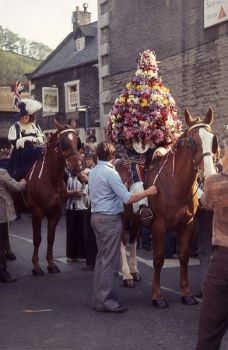
Castleton Garland Day is a traditional English celebration held on May 29th, featuring a parade and a garlanded king on horseback.
Read MoreChinese New Year
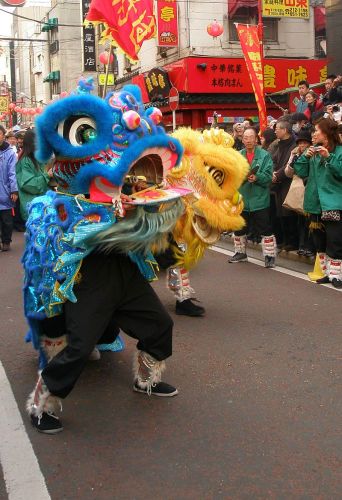
Chinese New Year, also known as the Spring Festival, is a major celebration marked by fireworks, family reunions, and traditional performances.
Read MoreGriha Pravesh
Griha Pravesh is a Hindu housewarming ceremony performed to bless a new home and ensure prosperity and happiness for its occupants.
Read MoreHanami
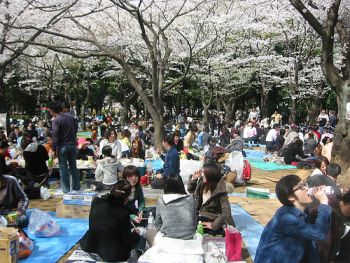
Hanami is a Japanese tradition of enjoying the beauty of cherry blossoms, often celebrated with picnics under blooming cherry trees.
Read MoreKoninginnedag
Koninginnedag, or Queen's Day, was a national holiday in the Netherlands celebrating the queen's birthday with street parties, music, and orange-themed decorations.
Read MoreKorean New Year
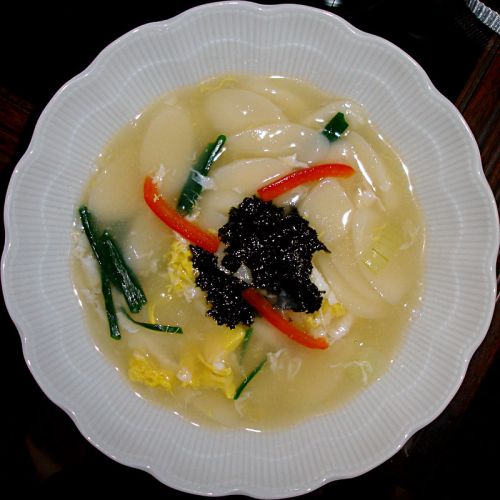
Korean New Year, or Seollal, is celebrated with family gatherings, traditional games, and special foods like tteokguk (rice cake soup).
Read MoreKraftskiva
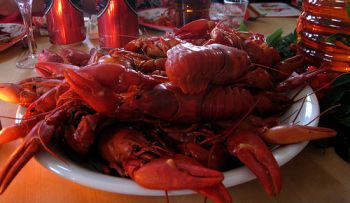
Kraftskiva is a traditional Swedish crayfish party held in August, featuring boiled crayfish, bread, cheese, and festive decorations.
Read MoreMidsummer Day in Sweden

Midsummer Day in Sweden is a major celebration marked by dancing around the maypole, feasting, and enjoying the long daylight hours.
Read MoreNalukataq
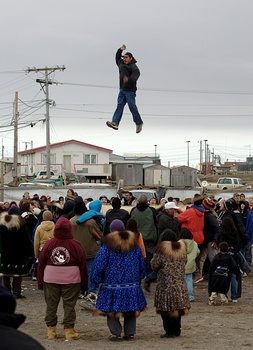
Nalukataq is an Alaskan Inupiat festival celebrating a successful whaling season, featuring traditional dancing, singing, and blanket tossing.
Read MoreNew Year Celebrations Around The World
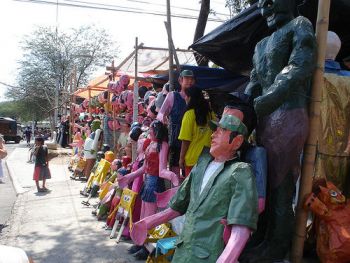
New Year celebrations vary globally, with unique traditions and festivities marking the transition from one year to the next in different cultures.
Read MoreNew Year Celebration in the Dominican Republic
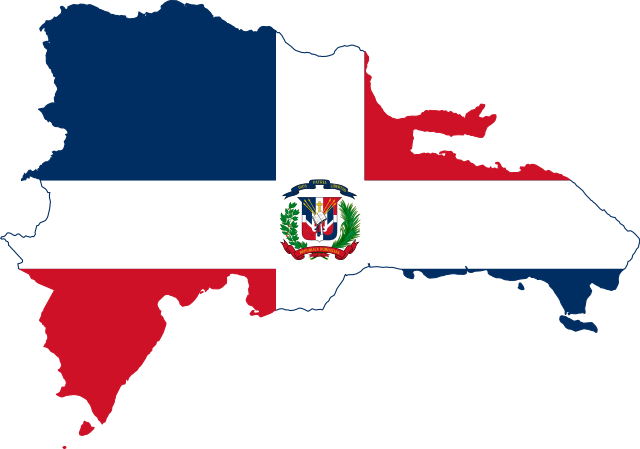
In the Dominican Republic, New Year celebrations include family gatherings, fireworks, and traditional foods to welcome the coming year.
Read MoreKwanzaa
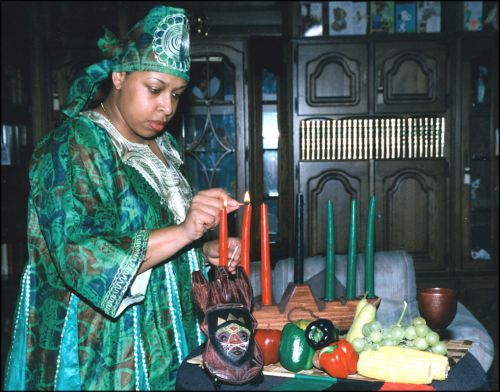
Kwanzaa is an African American cultural festival celebrated from December 26 to January 1, focusing on community, family, and cultural heritage.
Read MorePohela Boishakh
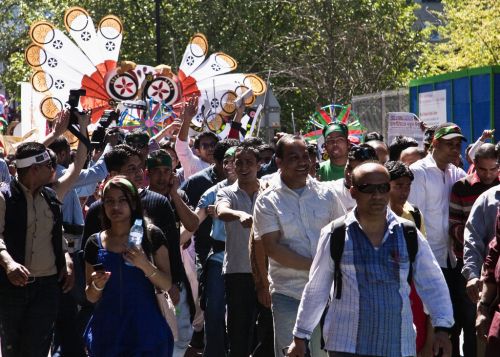
Pohela Boishakh is the Bengali New Year, celebrated with colorful processions, traditional music, and festive foods, marking a new beginning.
Read MorePow wow
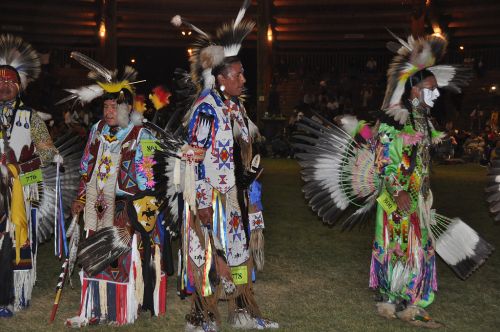
Pow wows are Native American gatherings featuring dancing, singing, and cultural performances, celebrating heritage and community.
Read MoreQueima das Fitas
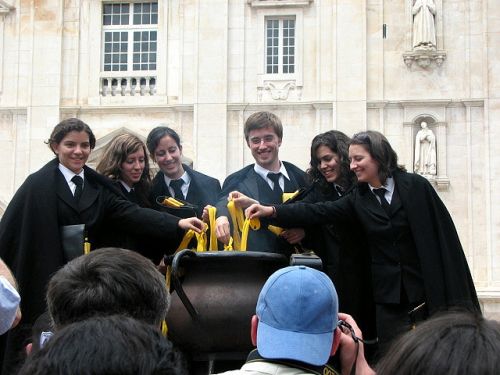
Queima das Fitas is a traditional Portuguese academic festival marking the end of the academic year, featuring parades, music, and symbolic burning of ribbons.
Read MoreShogatsu
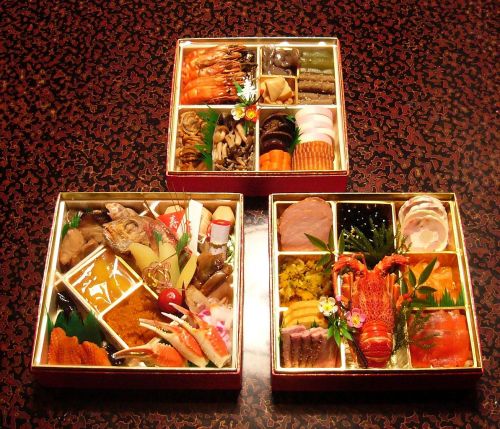
Shogatsu is the Japanese New Year celebration, marked by family gatherings, special foods, and traditional customs like visiting shrines.
Read MoreSongkran
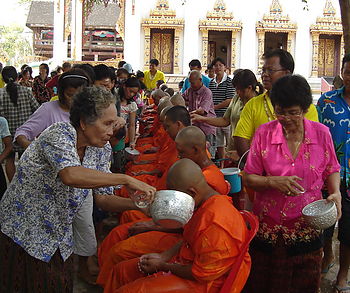
Songkran is the Thai New Year festival, celebrated with water fights, parades, and visiting temples to pay respect to elders and ancestors.
Read MoreTsagaan Sar
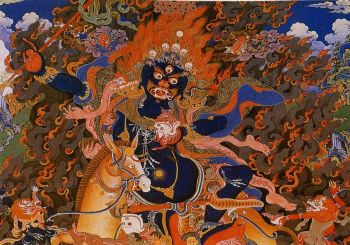
Tsagaan Sar is the Mongolian Lunar New Year, celebrated with family reunions, traditional foods, and rituals to honor ancestors and elders.
Read MoreAizkolaritza
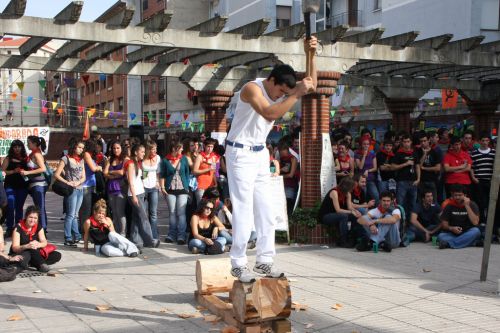
Aizkolaritza is a traditional Basque wood-chopping competition, showcasing strength and skill in cutting through large tree trunks.
Read MoreAlbularyo
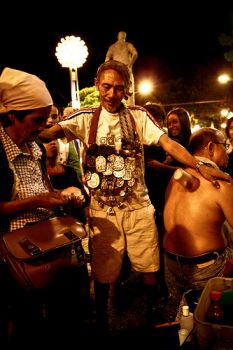
Albularyo refers to a traditional Filipino healer who uses herbal remedies, rituals, and spiritual practices to treat ailments.
Read MoreBaci Ceremony
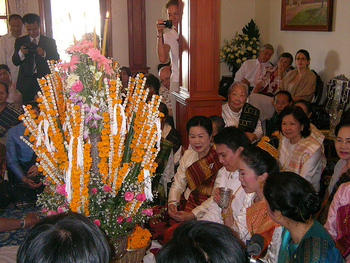
The Baci ceremony is a Laotian ritual to celebrate important events, involving the tying of threads around a person's wrist to preserve good luck.
Read MoreBento
Bento is a Japanese packed lunch, neatly arranged in a box, featuring a balanced assortment of rice, vegetables, and protein.
Read MoreBindi
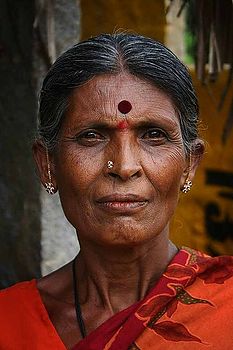
A Bindi is a decorative mark worn on the forehead, commonly by women in South Asia, symbolizing spiritual and cultural significance.
Read MoreBush Medicine

Bush medicine refers to the traditional healing practices of Indigenous Australians, using native plants and natural remedies for medicinal purposes.
Read MoreCascarones
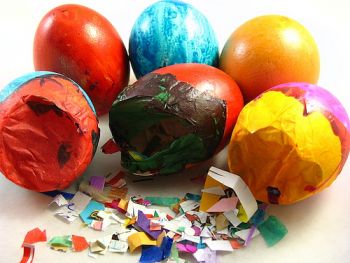
Cascarones are hollowed-out eggs filled with confetti, traditionally used in Mexican celebrations to bring good luck when broken over someone's head.
Read MoreChaki
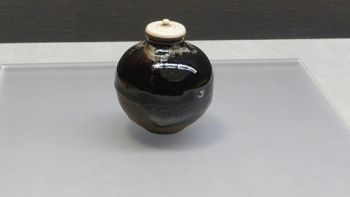
Chaki is a traditional Peruvian ritual involving the offering of small items to the earth, believed to bring prosperity and harmony with nature.
Read MoreChochin Lantern
Chochin lanterns are traditional Japanese paper lanterns, often used during festivals and celebrations to create a festive and illuminated atmosphere.
Read MoreColours in China
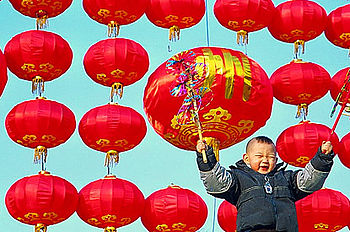
Colours in China hold deep cultural significance, with red symbolizing good luck and prosperity, while white represents mourning and funerals.
Read MoreConch

The conch shell is an important symbol in various cultures, used in rituals, ceremonies, and as a musical instrument in religious practices.
Read MoreDreams
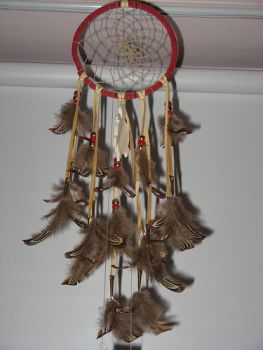
Dreams have been interpreted and valued across cultures for their potential to reveal insights, omens, and guidance from the subconscious mind.
Read MoreIgbo Masks
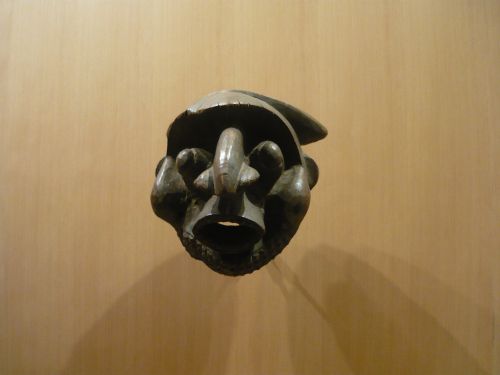
Igbo masks are used in traditional ceremonies and rituals in Nigeria, representing spirits, ancestors, and deities, and are often intricately carved and decorated.
Read MoreJapanese Greeting Customs
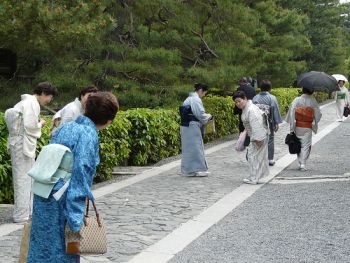
Japanese greeting customs, such as bowing, reflect deep respect and social hierarchy, varying in style and depth based on the relationship and context.
Read MoreJapanese Table Manners
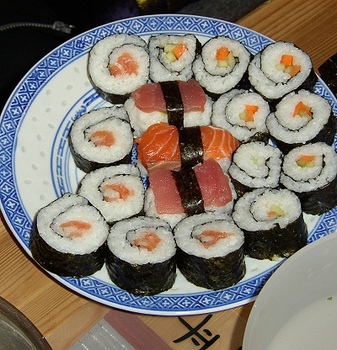
Japanese table manners emphasize respect and etiquette, such as saying "itadakimasu" before eating and "gochisosama" after finishing a meal.
Read MoreJapanese Tattoo
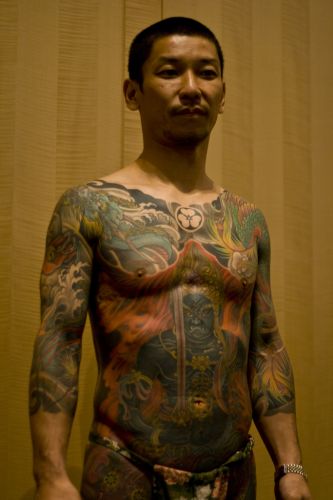
Japanese tattoos, known as irezumi, are traditional body art that often feature intricate designs and cultural motifs, with a rich history and symbolism.
Read MoreJapanese Tea Ceremony
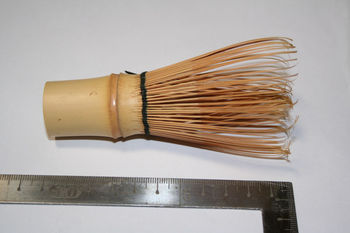
The Japanese tea ceremony, or "chanoyu," is a traditional ritual of preparing and drinking matcha tea, emphasizing mindfulness, harmony, and respect.
Read MoreKakizome
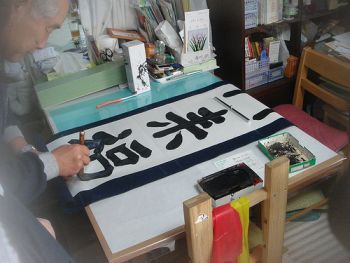
Kakizome is a Japanese tradition of writing the first calligraphy of the New Year, symbolizing hopes and aspirations for the year ahead.
Read MoreKathakali
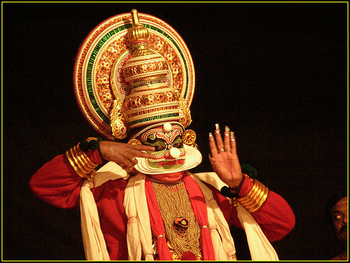
Kathakali is a classical Indian dance-drama known for its elaborate costumes, makeup, and expressive gestures, originating from Kerala.
Read MoreKokeshi Dolls
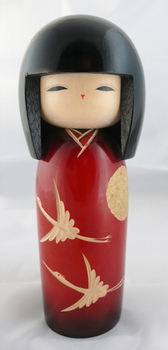
Kokeshi dolls are traditional Japanese wooden dolls, characterized by their simple, limbless bodies and painted designs, symbolizing love and friendship.
Read MoreLei
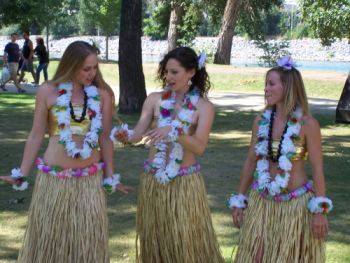
A lei is a traditional Hawaiian garland made from flowers, leaves, or shells, given to honor, celebrate, and express affection.
Read MoreLotus
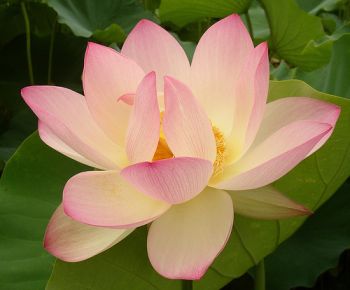
The lotus flower is a significant symbol in various cultures, representing purity, enlightenment, and rebirth, especially in Buddhism and Hinduism.
Read MoreLove Spoons
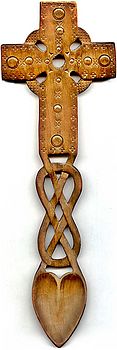
Love spoons are traditional Welsh wooden spoons intricately carved and given as tokens of affection and love, often featuring symbolic designs.
Read MoreMayan Calendar
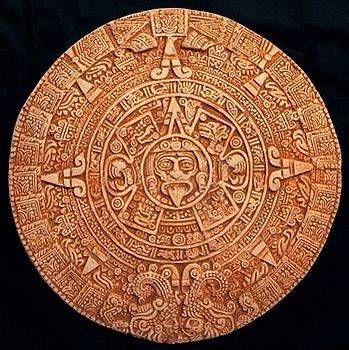
The Mayan calendar is an ancient system of timekeeping used by the Maya civilization, known for its complexity and accuracy in tracking astronomical events.
Read MoreOndel-Ondel Puppets
Ondel-Ondel are large Betawi effigies used in traditional Indonesian parades and performances to ward off evil spirits and bring good fortune.
Read MoreSenbazuru
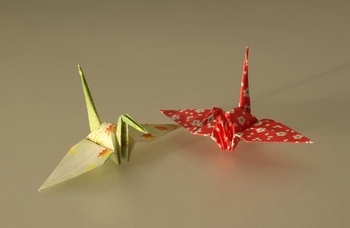
Senbazuru is the Japanese tradition of folding 1,000 origami cranes, believed to grant a wish or bring good luck and health to the maker or recipient.
Read MoreTea Caddy
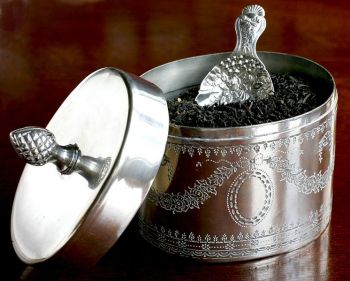
A tea caddy is a container used to store loose tea leaves, often elaborately designed, reflecting the cultural significance of tea ceremonies in various cultures.
Read MoreTurkish Oil Wrestling
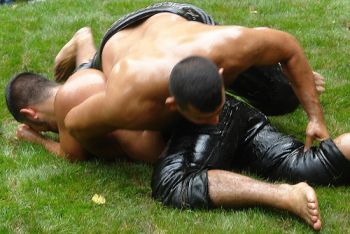
Turkish oil wrestling, or "Yağlı güreş," is a traditional sport in Turkey where competitors, covered in olive oil, wrestle to pin their opponent to the ground.
Read MoreVanuatu Sand Drawings
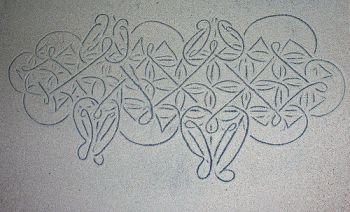
Vanuatu sand drawings are intricate geometric patterns created in the sand, used in storytelling, rituals, and communication among indigenous communities.
Read MoreWeather Folklore
Weather folklore consists of traditional beliefs and sayings about weather patterns and predictions, often based on observations of nature and passed down through generations.
Read MoreBats and Good Luck
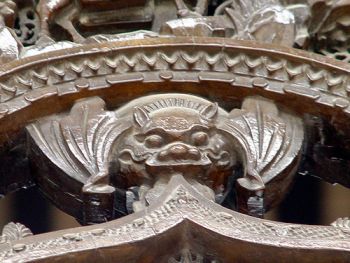
In many cultures, bats are seen as symbols of good luck, health, and long life, especially in Chinese folklore where they represent happiness and prosperity.
Read MoreBaby Tooth Traditions

Different cultures have unique traditions for baby teeth, from the Tooth Fairy in the West to the practice of throwing teeth onto roofs in Asia.
Read MoreChampagne

Champagne is a sparkling wine from the Champagne region of France, traditionally associated with celebrations, luxury, and special occasions.
Read MoreChinese Scented Sachets
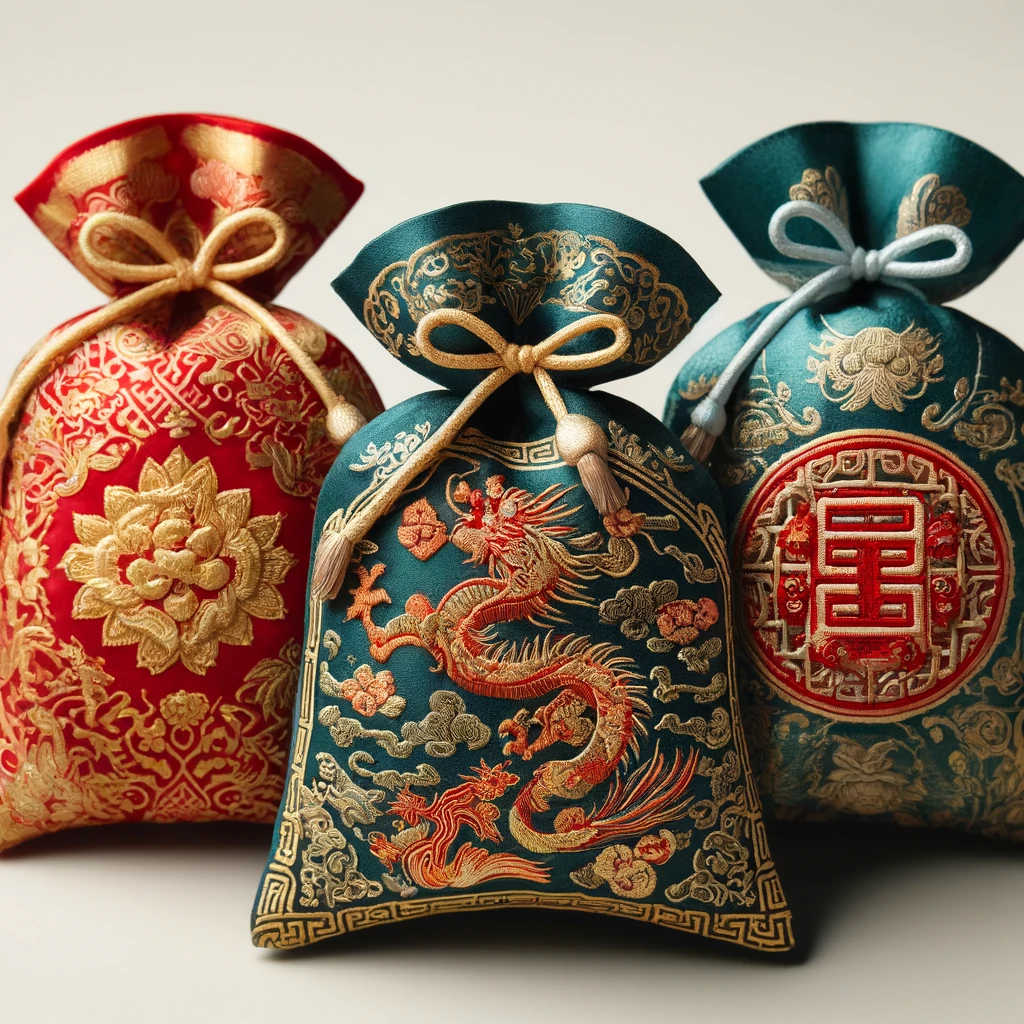
Chinese scented sachets are small pouches filled with herbs and spices, worn to ward off evil spirits, attract love, and bring good fortune.
Read MoreChinese Proverbs
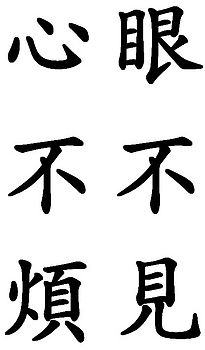
Chinese proverbs are short, traditional sayings that express common truths and wisdom, often used in everyday language and literature.
Read MoreFantasia
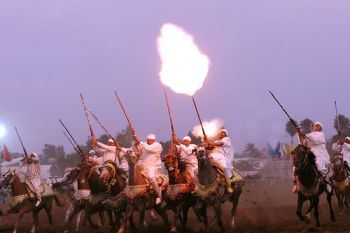
Fantasia is a traditional Moroccan performance where skilled horsemen demonstrate their equestrian skills and synchronized gunfire in a dramatic display.
Read MoreFruit - More Than Food

In many cultures, fruits are symbols of fertility, prosperity, and health, playing important roles in rituals, offerings, and celebrations.
Read MoreGestures
Gestures vary widely between cultures, with specific movements and signals carrying different meanings and social significance across the world.
Read MoreHagoita-Ichi
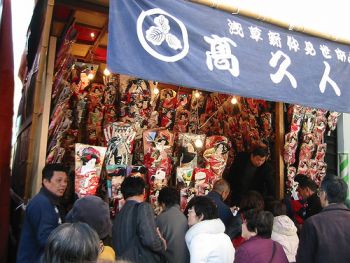
Hagoita-Ichi is a traditional Japanese market held in December, where decorative paddles (hagoita) are sold to bring good luck and drive away evil spirits.
Read MoreHanok
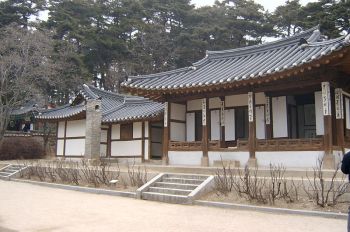
Hanok refers to traditional Korean houses characterized by their unique architecture, natural materials, and harmony with the surrounding environment.
Read MoreIl Palio di Siena
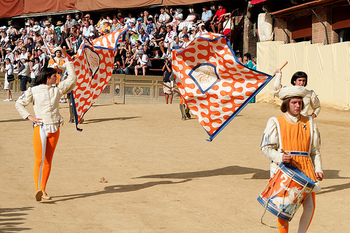
Il Palio di Siena is a historic horse race held twice a year in Siena, Italy, featuring jockeys representing different city districts competing in a colorful and intense event.
Read MoreIrish Toasts

Irish toasts are traditional expressions of goodwill and blessings, often shared during gatherings and celebrations to foster camaraderie and joy.
Read MoreIshi-doro

Ishi-doro are traditional Japanese stone lanterns found in gardens, temples, and shrines, symbolizing enlightenment and guiding light.
Read MoreKris Dagger

The Kris dagger is a traditional Indonesian weapon known for its distinctive wavy blade and spiritual significance, often used in ceremonies and as a symbol of heroism.
Read MoreKyz Kuu
Kyz Kuu, also known as "girl chasing," is a traditional Central Asian equestrian sport where a man chases a woman on horseback, showcasing horsemanship and playful competition.
Read MoreMallakhamb
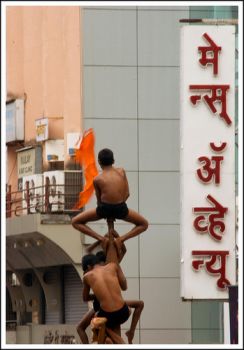
Mallakhamb is a traditional Indian sport combining gymnastics and yoga, performed on a vertical wooden pole or rope, showcasing strength and agility.
Read MoreNew Home

Moving into a new home is often accompanied by rituals and traditions to bless the house and ensure happiness and prosperity for its occupants.
Read MoreOpera dei Pupi
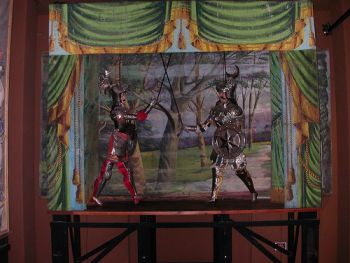
Opera dei Pupi is a traditional Sicilian puppet theatre featuring marionettes that perform epic tales of knights and battles, preserving cultural heritage through storytelling.
Read MorePalio di Asti
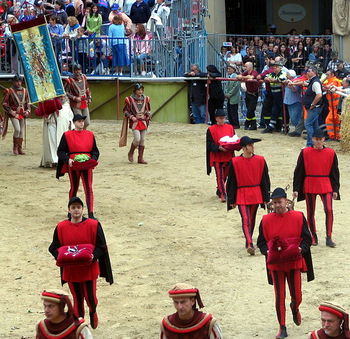
Palio di Asti is an annual medieval horse race held in Asti, Italy, where riders representing different city districts compete in a colorful and festive event.
Read MorePearly Kings and Queens
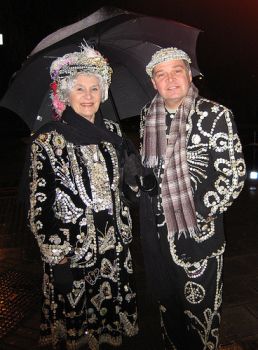
Pearly Kings and Queens are a charitable tradition in London, featuring elaborately decorated costumes with pearl buttons, embodying community spirit and philanthropy.
Read MorePiñata
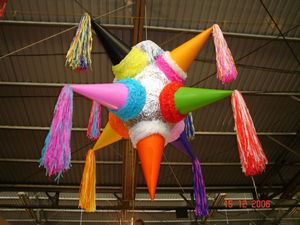
A piñata is a colorful papier-mâché figure filled with candy and toys, traditionally broken during celebrations to release its contents, bringing joy to children and adults alike.
Read MorePunch and Judy
Punch and Judy is a traditional English puppet show featuring the comical and often chaotic adventures of Mr. Punch and his wife, Judy, popular at fairs and seaside resorts.
Read MoreRoses
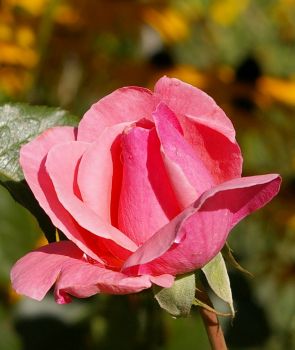
Roses are one of the most beloved flowers, symbolizing love, beauty, and passion, with various colors conveying different meanings and emotions in cultures worldwide.
Read MoreSamoan Tattoo

Samoan tattoos, known as "tatau," are traditional body art deeply rooted in Samoan culture, symbolizing identity, heritage, and social status.
Read MoreSchultüte

Schultüte, or school cones, are large decorated cones filled with sweets and school supplies, given to German children on their first day of school to celebrate this milestone.
Read MoreSneezing
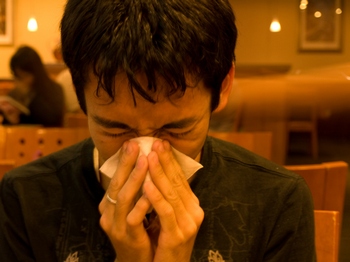
Sneezing has various superstitions and beliefs associated with it in different cultures, from being a sign of good health to an omen or spiritual message.
Read MoreStrange Pregnancy Traditions

Strange pregnancy traditions from around the world include various rituals and beliefs meant to ensure the health and well-being of the mother and baby.
Read MoreThe Historical Regatta of Venice
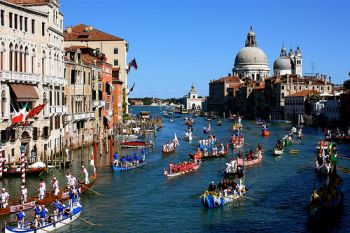
The Historical Regatta of Venice is a traditional event featuring a colorful parade and boat races along the Grand Canal, celebrating Venice's maritime heritage.
Read MoreTrullo
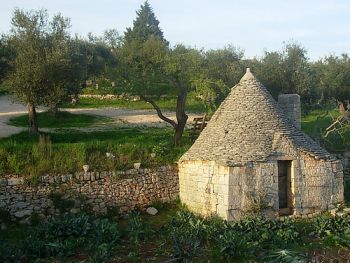
Trullo are traditional dry stone huts with conical roofs found in the Apulia region of Italy, known for their unique architectural style and historical significance.
Read MoreVogalonga
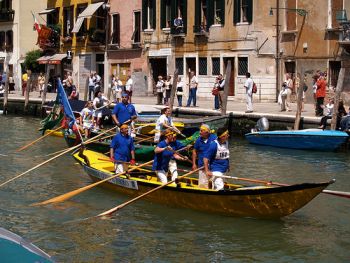
Vogalonga is an annual rowing event in Venice, Italy, where participants row through the canals and lagoon to protest motorboat pollution and preserve rowing traditions.
Read MoreWayang Kulit
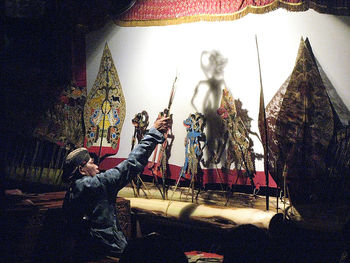
Wayang Kulit is a traditional Indonesian shadow puppet theatre that tells ancient stories and myths, using intricately carved puppets and a skilled puppeteer.
Read MoreYabusame
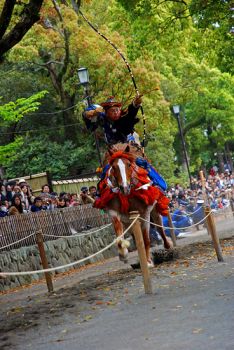
Yabusame is a traditional Japanese martial art of mounted archery, where archers on horseback shoot arrows at stationary targets in a highly skilled and ceremonial display.
Read MoreYoke Thé
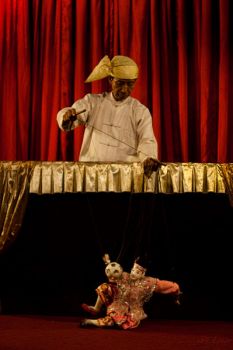
Yoke Thé, also known as Burmese marionette theatre, is a traditional form of puppetry in Myanmar, known for its elaborate puppets and storytelling through song and dance.
Read More